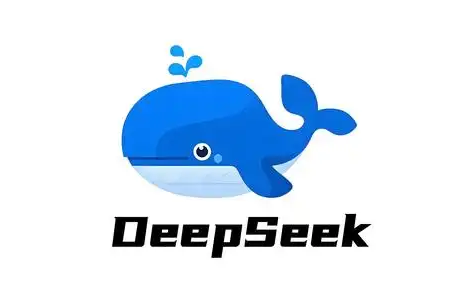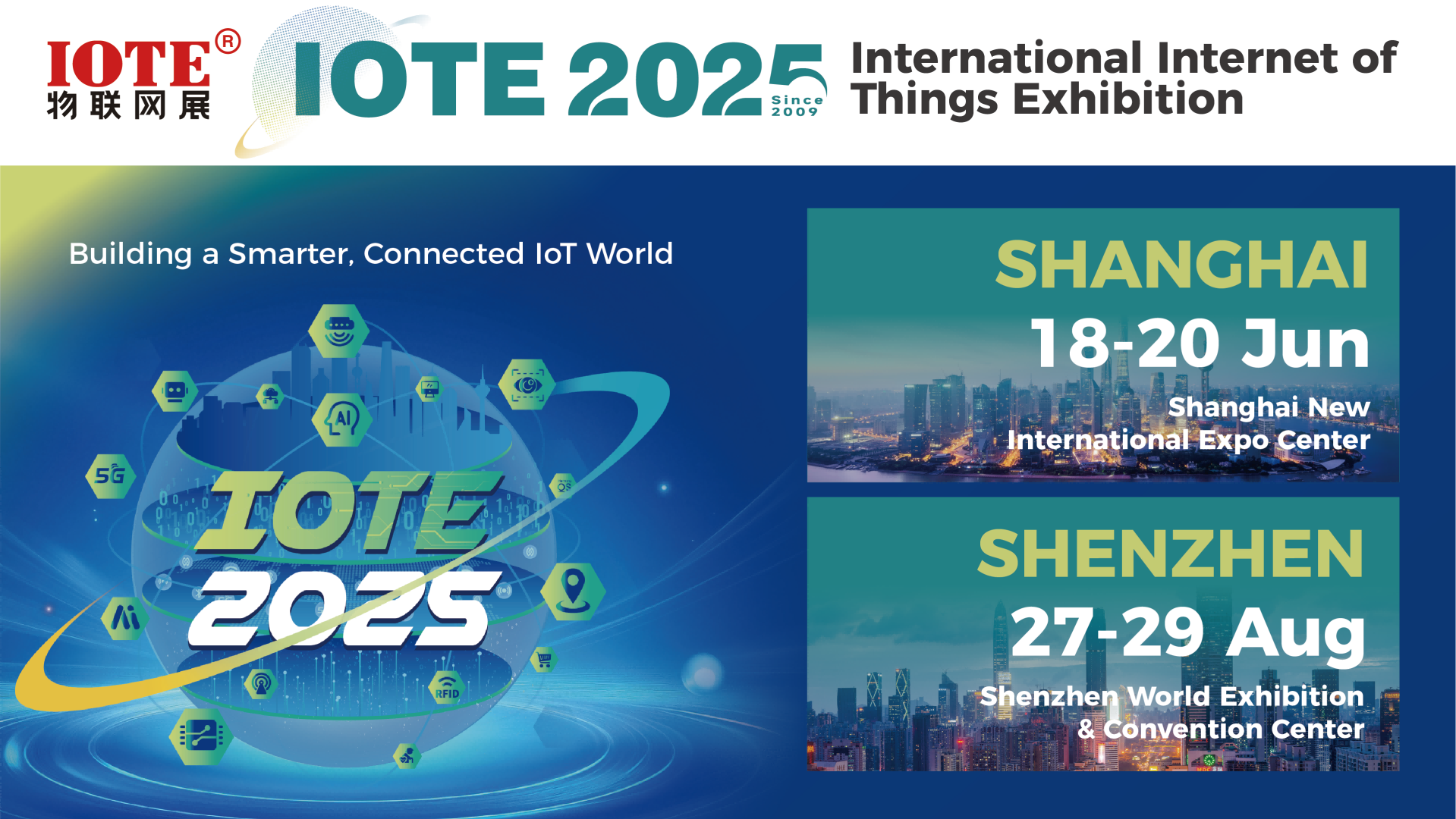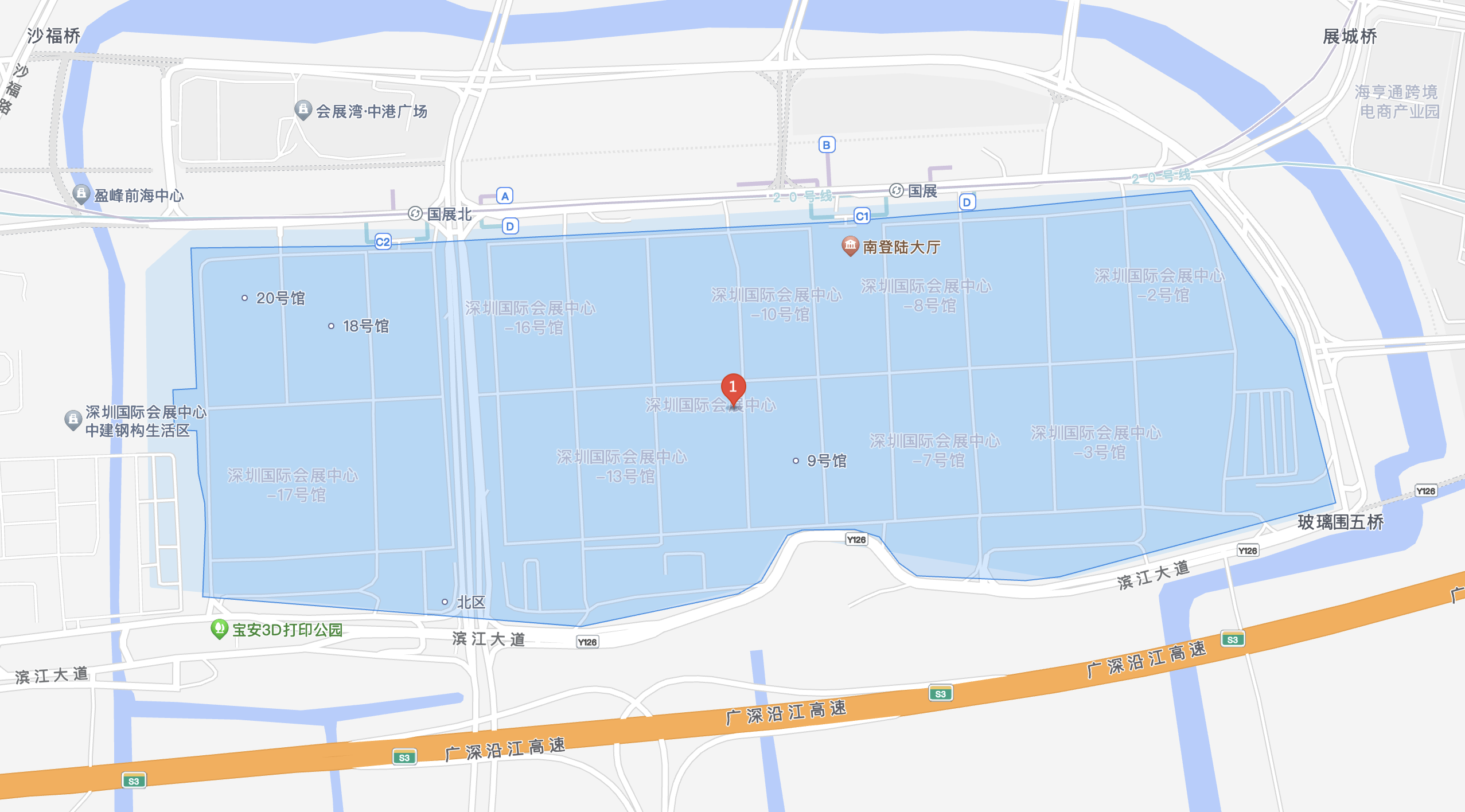For a long time, the edge computing field has faced the triple barriers of "long hardware customization cycle, high algorithm development cost, and high scenario adaptation", which has led to its application fragmentation characteristics.

However, with the open source of the DeepSeek big model, the edge computing ecosystem will be reconstructed, and with the characteristics of "low cost, fast deployment, and strong adaptation", it will open up a new path for the large-scale implementation of edge computing in government affairs, energy, production security, people's livelihood and agriculture.
Algorithm innovation: a paradigm breakthrough from custom development to universal
In the field of edge computing, traditional AI models rely on the "chip-algorithm-solution" trinity of hardware customization path, not only facing a development cycle that lasts several months, but also requires millions or even tens of millions of R&D investment in the algorithm link.
DeepSeek's open source completely subverts this pattern. The opening of its underlying algorithm framework allows developers to directly localize and tune based on open source code. Nowadays, enterprises only need hundreds of thousands of investments to complete the extension of industry applications based on open source algorithms.
Taking industrial quality inspection scenarios as an example, the CV models that used to be customized and developed can now be quickly migrated through DeepSeek's universal capabilities, avoiding the high-cost dilemma of "one scenario, one training" of traditional CV models.
However, from the application side, the current shipment of edge computing products is still mainly based on CV algorithms. Industry insiders said that large models are open source in just a few months, and there is no real demand and orders for open source algorithms based on large models. It is predicted that there will be scattered orders in the second half of this year, and it is estimated that the real large-scale volume will be next year.
Computing power optimization: Architectural innovation and efficiency improvement drive computing power sinking
Compared with traditional big models, DeepSeek reduces necessary computing power through architectural innovation, algorithm optimization improves computing power efficiency and scenario customization reduces redundant computing power, resulting in a sharp reduction in computing power demand under the same effect, lowering the computing power threshold for large model deployment from sky-high prices to consumer level.
Industry insiders said that the computing power of running large models at the edge end is generally between 20T-100T, which mainly depends on the size of the model running (1.5b, 7b, 8b, 14b, 32b, 70b, 671b), and 32b can basically meet most needs.
Although running the DeepSeek model does not require high computing power, it has specific requirements for video memory; for example, running the DeepSeek-r132b-qwen-distill-q8_0 model, the video memory occupies about 40G.
At present, Nvidia is the main chip manufacturers in the field of edge computing that adapt to large-model applications, while domestic chips are mainly composed of Rockchip Micro RK3588, Vision BM1684X and BM1688, Aixin Yuanzhi AX630C and AX650N, Houmo and other companies.
However, according to research, in the field of edge computing, large-scale applications are still focused on single-point applications and have not been scaled up. Most applications are still mainly small models. In the future, small model applications will exist for a long time, and large models will complement the accuracy of small models, and the applications of the two will form a complementary relationship.
Summary
Looking ahead, with the iteration of open source models such as DeepSeek and Qianwen 3, edge computing will present a new trend of "computing power down and intelligence upward".
When "big model open source + rise of domestic chips + explosion of industry scenarios" resonate, the edge computing market will usher in another industrial revolution after cloud computing, and the core driving force of this revolution is the wave of technological democratization brought about by the spirit of open source.
This paper is from Ulink Media, Shenzhen, China, the organizer of IOTE EXPO (IoT Expo in China)



















